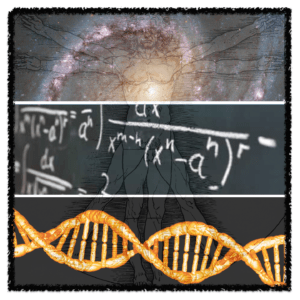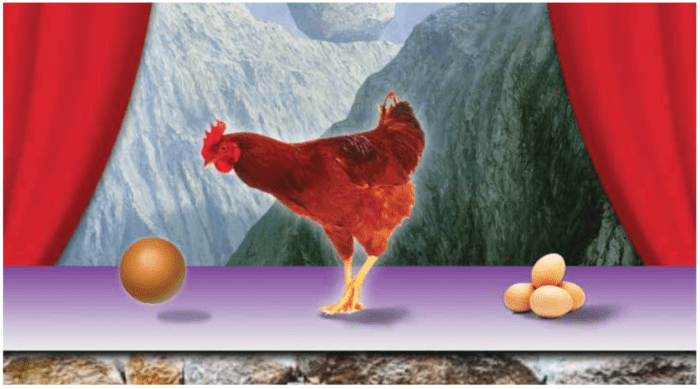
iWonder: Rediscovering School Science is a journal of science education focusing on middle school science teachers, published by the Azim Premji University. I have been (with a series of co-authors) publishing a series under the rubric of Research to Practice for this journal. These articles and their abstracts (with links to the PDFs) are listed below.
Incidentally, I create all the illustrations that go with the articles. It started just as a lark when we were doing the first article and then it seemed too much fun to stop. Some of the illustrations I have created can be found on this page. Enjoy.
- Mehta, R., & Keenan, S. (2016, June). Why teachers should care about beauty in science education. iWonder: Rediscovering School Science (1) 2, 83-86. [You can also read the article in Kannada]

Abstract: This article explores the role of beauty in science education. The authors use research in science education to highlight the importance of teachers consciously making connections to aesthetic aspects in science. Caring about beauty in science can inspire a sense of wonder and curiosity among students.
- Greenberg, D. (2017, March). Why science teachers should care about social justice. iWonder: Rediscovering School Science (1) 1, 70-73.

Abstract: This article explores the need for social justice teaching in science education, and what it can accomplish, especially for students who come from communities that have been excluded from science learning and careers. It also presents important lessons learned from one case of science teaching for social justice.
- Mashood, K. K., Mehta, R., & Mishra, P. (2018). To see a world: Using multiple metaphors in science education. iWonder. (1) p. 48-52.

Abstract: As educators, we need to know that new learning is constrained and framed by our prior knowledge. Metaphors offer one way to harness this to our advantage. In this article we focus on a strategy of using multiple metaphors to explain complex scientific ideas, grounding our discussion in one specific example — that of teaching about energy.
- Close, K., Bowers, N., Mehta, R., Mishra, P., & J. Bryan Henderson (2018) Students as teachers: How science teachers can collaborate with their students using peer instruction. iWonder, (5). p. 24-28.

Abstract: This article explores peer instruction in the science classroom. The authors use research in science education to illustrate, practically, how teachers can work with their students to increase learning using peer instruction.
- Reimer, P., Mehta, R. & Mishra, P. (2019). Learning science with body in mind. iWonder: Rediscovering School Science (6). p. 51-56.

Abstract: Embodied design for learning presents several unique challenges to the ways we conceptualize thinking and learning. For science teachers, embodied design highlights the role of physical movement in how our students interact with important scientific ideas and processes. Embodied design presents opportunities for us to rethink our science teaching practices. In many ways, it offers us a pedagogy that recasts learning as a more complete, complex and human activity.
- Mashood, KK, & Mishra, P. (2021). Common sense in the science classroom. iWonder, pp. 63-67.

Abstract: Students can sometimes perceive scientific ideas to be in conflict with their common sense. How do we approach such conflicts in the classroom? Do we see these commonsense ideas as being wrong or, at best, misconceived? Alternatively, do we see them as resources and assets essential for the development of true understanding? In this article KK Mashood and I explore what these questions mean for the science classroom.
